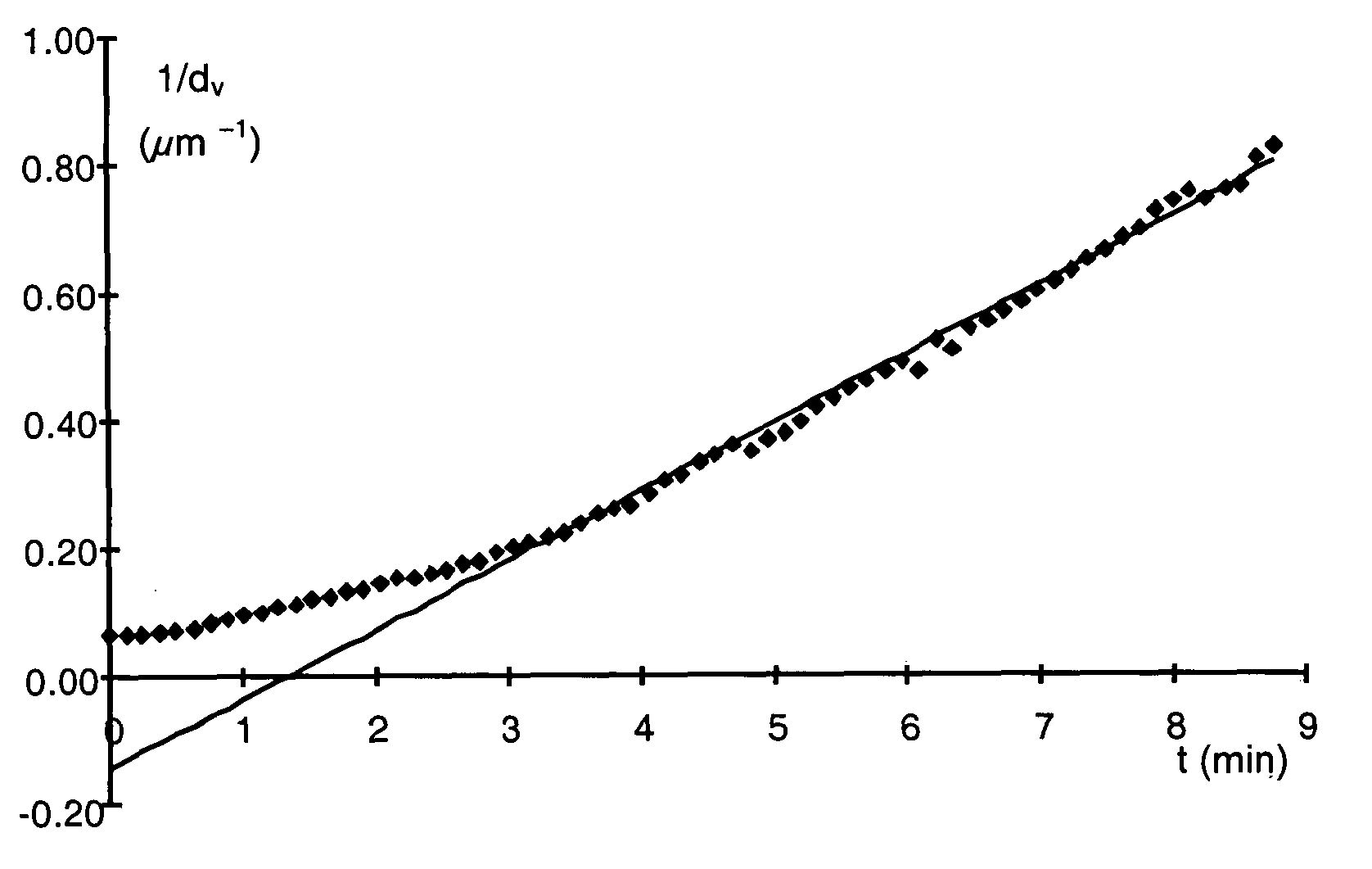Rubber composition based on diene elastomer and a reinforcing silicon carbide
a technology of silicon carbide and rubber, which is applied in the field of diene rubber compositions, can solve the problems of reduced rolling resistance, inacceptable decline in wear resistance, and large decline in wear resistance, and achieve the effect of improving homogeneity of suspension
- Summary
- Abstract
- Description
- Claims
- Application Information
AI Technical Summary
Benefits of technology
Problems solved by technology
Method used
Image
Examples
Embodiment Construction
[0149] III-1. Fillers Used
[0150] The characteristics of the fillers used in the following examples are set forth in Table 1.
[0151] Filler A is a tire-grade carbon black (N234), used conventionally in treads for tires. Filler B is a conventional (i.e. non-reinforcing) silicon carbide conventionally used as an abrasive powder (SiC20000 from Sika Norton AS). Filler D is a coarse silicon carbide, sold by GoodFellow under the reference SI 51 6010 (particle size: 75 .mu.m, according to catalogue data). Finally, fillers C, E and F are reinforcing silicon carbides, that is to say, ones usable in the compositions according to the invention (characteristics a and b met).
[0152] Filler F is available commercially (from MarkeTech International Inc.--reference "NP-S0140").
[0153] As for fillers C and E, they were prepared in known manner by laser pyrolysis of gaseous precursors, in accordance with the aforementioned publication Adv. Ceram. Mater., 3(6), 548-552 (1988), using the following stages:
[...
PUM
| Property | Measurement | Unit |
|---|---|---|
| BET specific surface area | aaaaa | aaaaa |
| BET specific surface area | aaaaa | aaaaa |
| particle size | aaaaa | aaaaa |
Abstract
Description
Claims
Application Information
 Login to View More
Login to View More - R&D
- Intellectual Property
- Life Sciences
- Materials
- Tech Scout
- Unparalleled Data Quality
- Higher Quality Content
- 60% Fewer Hallucinations
Browse by: Latest US Patents, China's latest patents, Technical Efficacy Thesaurus, Application Domain, Technology Topic, Popular Technical Reports.
© 2025 PatSnap. All rights reserved.Legal|Privacy policy|Modern Slavery Act Transparency Statement|Sitemap|About US| Contact US: help@patsnap.com



